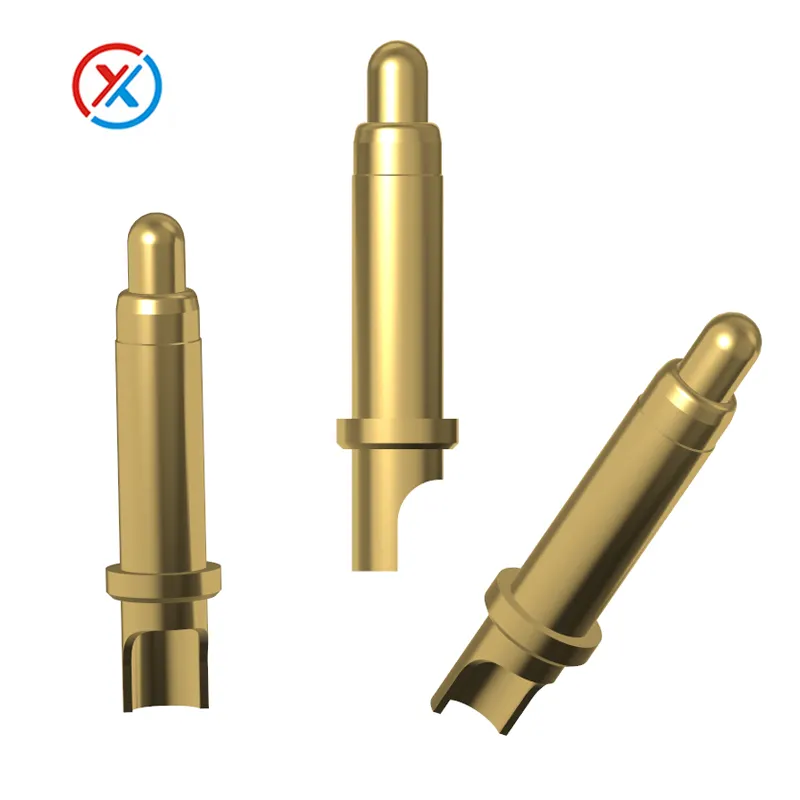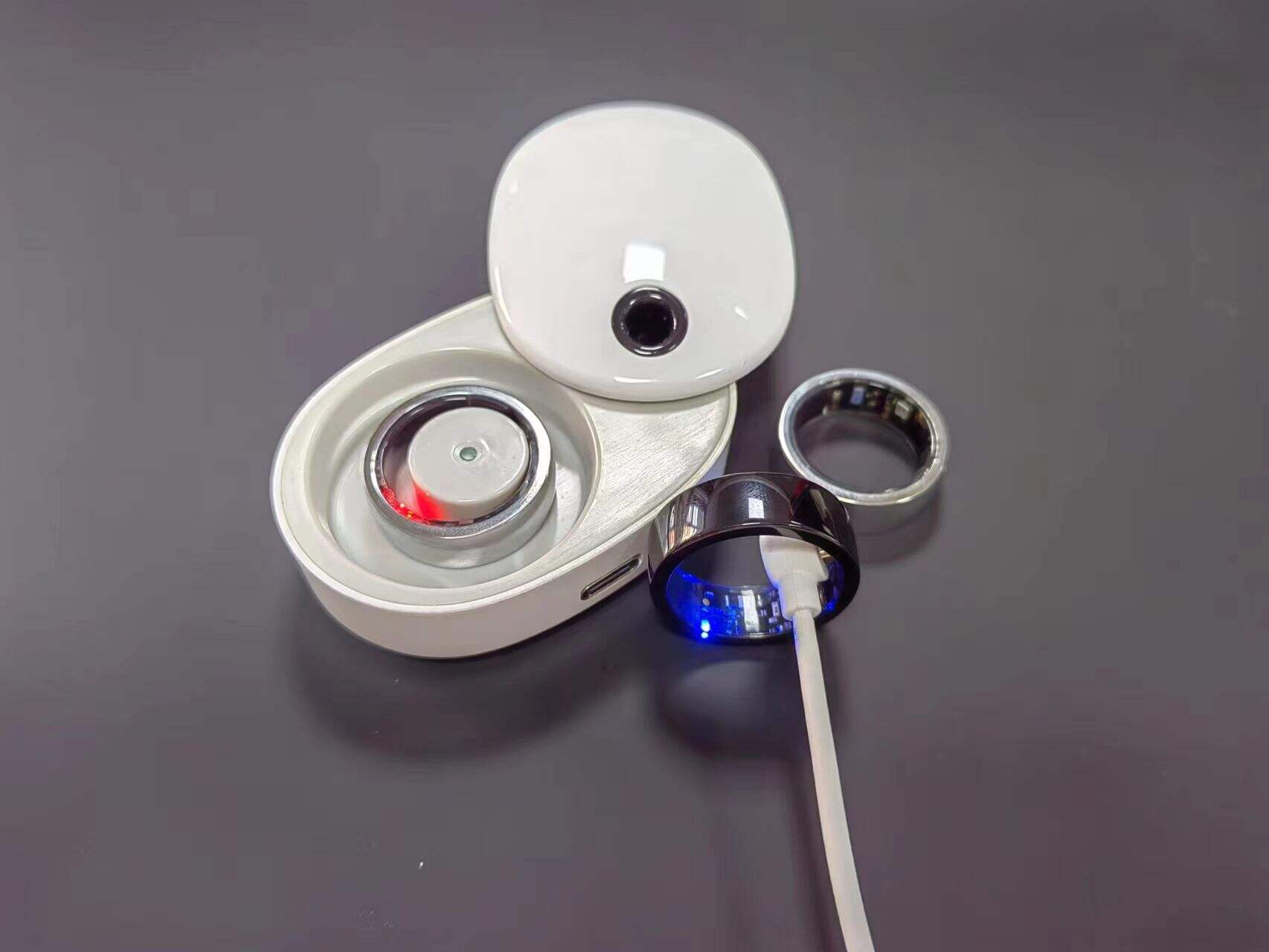Why Choose Solder Cup Pogo Pin for Manual Soldering?
Understanding the Evolution of Modern Soldering Techniques
In the ever-evolving landscape of electronic manufacturing and assembly, choosing the right components and methods for soldering can make all the difference between project success and failure. The solder cup pogo pin has emerged as a game-changing solution for professionals and hobbyists alike, offering unique advantages that traditional soldering methods simply cannot match. As we delve deeper into this innovative technology, we'll explore why these specialized components have become increasingly popular in manual soldering applications.
Core Benefits of Solder Cup Pogo Pin Technology
Enhanced Reliability and Connection Stability
The solder cup pogo pin design incorporates a precision-engineered cup structure that creates an optimal reservoir for solder material. This thoughtful design ensures consistent solder flow and superior joint formation, resulting in connections that maintain their integrity even under demanding conditions. The cup-shaped terminus allows for better solder penetration and creates a more robust mechanical bond compared to traditional pin configurations.
When properly implemented, these connections demonstrate exceptional resistance to thermal cycling and mechanical stress, making them ideal for applications where reliability is paramount. The unique structure of the solder cup pogo pin also helps prevent common issues like cold joints or insufficient wetting that often plague conventional soldering methods.
Simplified Assembly Process
One of the most compelling advantages of using solder cup pogo pins is the streamlined assembly process they enable. The cup design naturally guides the solder and wire into the optimal position, reducing the skill level required for successful implementation. This feature is particularly valuable in production environments where consistency and efficiency are crucial.
The self-aligning nature of the solder cup design helps minimize human error during the soldering process, resulting in higher first-pass yield rates and reduced rework requirements. This translates to significant time and cost savings in both small-scale and large-scale production scenarios.
Technical Considerations for Implementation
Material Selection and Compatibility
The effectiveness of solder cup pogo pins largely depends on selecting the appropriate materials for your specific application. These components typically feature gold-plated surfaces that provide excellent solderability and long-term corrosion resistance. The base materials are carefully chosen to ensure optimal thermal conductivity and mechanical strength, while maintaining compatibility with common solder alloys.
When selecting solder cup pogo pins, it's essential to consider factors such as operating temperature range, expected mechanical stress, and environmental conditions. The pin's material composition must be compatible with both the solder being used and the substrate material to ensure reliable, long-lasting connections.
Design Optimization and Integration
Successful implementation of solder cup pogo pins requires careful attention to design parameters such as pin spacing, cup depth, and overall dimensions. The cup geometry must be optimized to accommodate the intended wire gauge while providing sufficient space for proper solder flow. Engineers must also consider factors like thermal management and mechanical alignment during the design phase.
Integration considerations extend beyond the individual pin design to include aspects such as board layout, fixturing requirements, and assembly process flow. Proper planning in these areas ensures smooth implementation and optimal performance of the final assembly.
Best Practices for Manual Soldering
Surface Preparation and Cleaning
Achieving optimal results with solder cup pogo pins begins with proper surface preparation. All contact surfaces must be thoroughly cleaned to remove oxidation, oils, and other contaminants that could impair solder wetting. A combination of mechanical cleaning and appropriate solvents can ensure surfaces are properly prepared for soldering.
Regular maintenance of soldering equipment and work surfaces is equally important. Clean soldering iron tips, fresh solder, and proper flux selection all contribute to successful outcomes when working with solder cup pogo pins.
Temperature Control and Timing
Precise temperature control is crucial when soldering with pogo pins. The soldering iron temperature must be high enough to ensure proper solder flow while avoiding damage to the pin's plating or surrounding components. Maintaining the correct temperature throughout the process ensures optimal joint formation and prevents common defects.
Timing is equally critical - the heat application should be long enough to ensure complete solder flow but short enough to prevent excessive heat exposure. This balance requires practice and attention to detail, but becomes more intuitive with experience.

Quality Assurance and Testing Methods
Visual Inspection Criteria
Proper quality control begins with thorough visual inspection of completed solder joints. Well-formed joints should exhibit a smooth, concave fillet with good wetting on both the wire and pin surfaces. The solder should completely fill the cup without overflow or voids, and the wire should be properly centered and supported.
Regular inspection using magnification tools can help identify potential issues early in the process, allowing for immediate correction and process improvement. Documentation of visual inspection criteria helps maintain consistency across different operators and production runs.
Electrical Testing Protocols
Beyond visual inspection, electrical testing is essential to verify the integrity of solder cup pogo pin connections. Continuity testing, resistance measurements, and environmental stress testing can help validate the reliability of the assembled connections. These tests should be performed under conditions that simulate the intended operating environment.
Implementing a comprehensive testing protocol helps ensure that all connections meet specified performance requirements and provides documentation for quality assurance purposes. Regular monitoring and analysis of test results can also help identify trends and opportunities for process improvement.
Frequently Asked Questions
How long does a solder cup pogo pin connection typically last?
When properly implemented, solder cup pogo pin connections can maintain their integrity for many years, often matching or exceeding the lifespan of the electronic device they're used in. The actual durability depends on factors such as environmental conditions, usage patterns, and initial assembly quality.
What type of solder works best with solder cup pogo pins?
Lead-free solder alloys containing silver and tin are generally recommended for use with solder cup pogo pins. These alloys provide excellent wetting characteristics and form strong, reliable joints. The specific alloy choice should consider operating temperature requirements and regulatory compliance needs.
Can solder cup pogo pins be reworked if necessary?
Yes, solder cup pogo pin connections can be reworked if needed, though care must be taken to avoid damage to the pin or surrounding components. Proper desoldering techniques and equipment should be used, and the surface should be properly cleaned before attempting to resolder the connection.
Hot News
-
Challenges for Pogo pin manufacturers in the AI era
2023-12-14
-
Teach you how to understand Pogo pin spline structure
2023-12-14
-
What products can Pogo pin be used in?
2023-12-14
-
How to choose Pogo pin connector
2023-12-14

 EN
EN
 AR
AR
 BG
BG
 HR
HR
 CS
CS
 DA
DA
 NL
NL
 FI
FI
 FR
FR
 DE
DE
 EL
EL
 HI
HI
 IT
IT
 JA
JA
 KO
KO
 PL
PL
 PT
PT
 RU
RU
 ES
ES
 SV
SV
 TL
TL
 IW
IW
 ID
ID
 LV
LV
 SR
SR
 UK
UK
 VI
VI
 GL
GL
 HU
HU
 TH
TH
 TR
TR
 AF
AF
 MS
MS
 SW
SW
 GA
GA
 CY
CY
 IS
IS
 BN
BN
 BS
BS
 NE
NE





